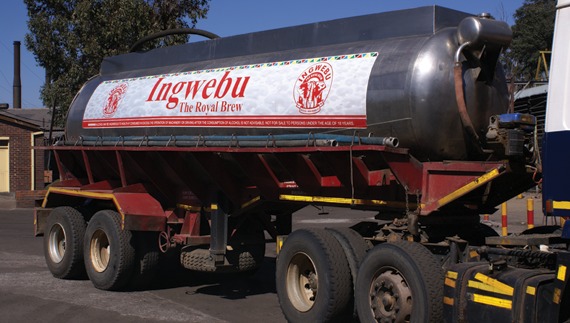Dealing with the current account deficit through internal devaluation

John Mangudya
THE use of the multi-currency exchange system puts Zimbabwe in a special circumstance that takes away the flexibility of adjusting the nominal exchange rate to maintain relative competitiveness.
This unique situation is similar to the experience of countries within the Euro-area, for example, which are unable to reverse a loss of competitiveness and balance of payments imbalance through a nominal devaluation of the currency.
For countries in this predicament, the loss of competitiveness can only be reversed internally, through relative gains in the efficiency in production and or through action to reduce cost of production, that is, internal devaluation – aimed mainly at reducing wages and other related labour costs.
Historical experiences with internal devaluation have been mixed. Some have been successful whilst other “successful” internal devaluation have been accompanied by falling demand and recession. The truth of the matter is that there are always pros and cons with devaluations, whether it is nominal or internal devaluation. Management and choice of internal devaluation is therefore critical.
Whilst there is general acceptance across the board in Zimbabwe about the need for internal devaluation in the country, there is no consensus on its form and format. Statistics at the Reserve Bank show that the country would need to gradually devalue by up to 45 percent over a three-year period to restore competitiveness.
Internal devaluation in Zimbabwe can be achieved through two possible approaches. The first approach would be for reduction in wages and salaries, accompanied by a similar reduction in the cost of finance and utility charges.
Once this is done, the country would need to find a comparator to benchmark with to ensure that costs would not increase again without being checked. The challenge of this approach is that it can lead to further reduction in aggregate demand and to depression and recession. An equilibrium position would therefore need to be determined for this approach to produce desirable results.
The second approach, which also takes account of peculiarities in Zimbabwe, would be to achieve internal devaluation by a combination of improving the competitiveness of the country’s exports whilst simultaneously levelling the playing field between importers and domestic producers.
This external rebalancing approach would incentivise foreign exchange earners (including all depositors) who are the generators of foreign currency whilst at the same time levying all payments of imports of goods and services (including withdrawals).
The intention of this approach would be to manage foreign exchange using market based mechanisms. There would be no charges on the use of plastic money and other electronic payment means. This approach would be neutral to net cash depositors. This will, therefore, be a market mechanism to support increased use of plastic money and for attracting foreign exchange deposits.
The downside risk of this second approach is that it would increase prices within the economy. The Bank, however, believes that the levy on imports would have a minimal effect on inflation given that the country is currently in deflation. Allowing some level of inflationary pressures in the economy would help to increase company revenues and profitability with positive multiplier effects on Government revenues, employment and GDP growth.
Most firms in Zimbabwe have already implemented or are in the process of implementing the first approach of internal devaluation of reducing wages and salaries. In view of these developments, it would be prudent to buttress the first approach by the second approach of internal devaluation to deal with the current account gap. The Bank shall be accelerating the second approach of internal devaluation after consultations with business and consumers.
-Extracted from the RBZ mid-term monetary policy review statement.











Comments